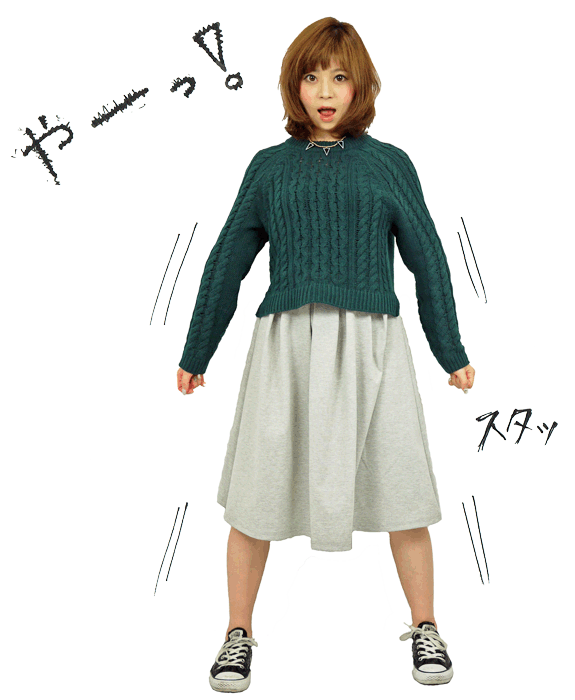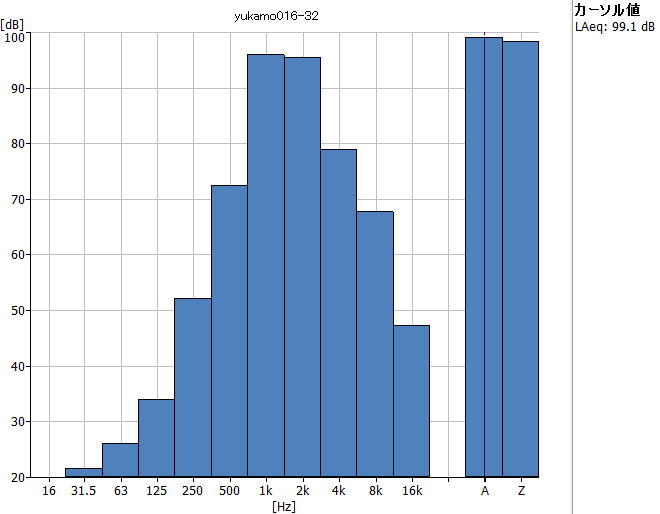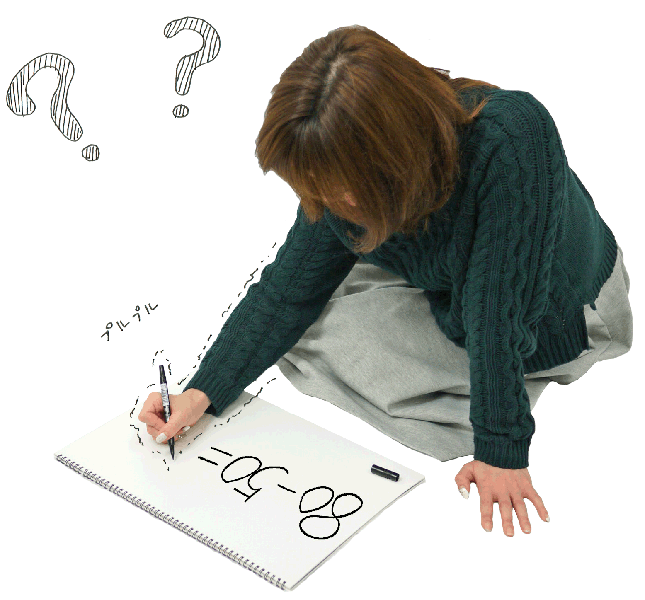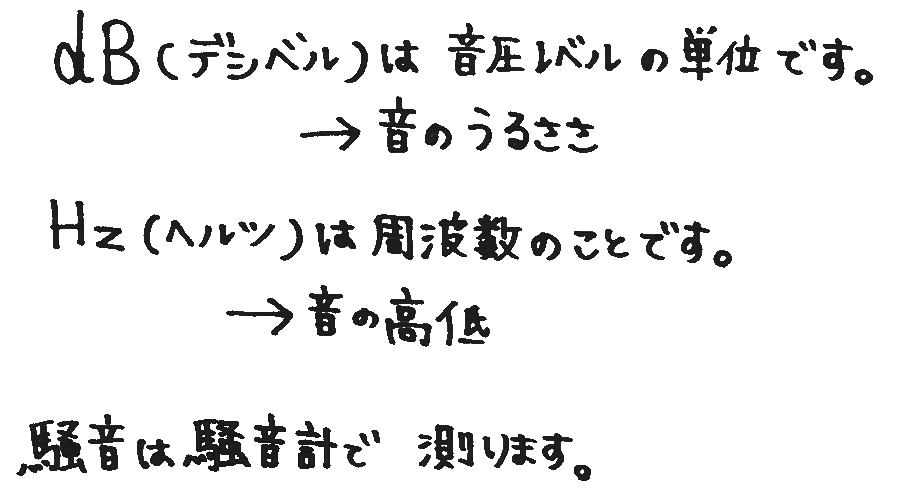05. Units and Performance Values of Sound
The units commonly used in soundproofing are dB (decibels) and Hz (hertz).
– **dB** measures sound intensity or loudness (e.g., 40dB, 80dB).
– **Hz** measures sound frequency or pitch (e.g., 40Hz, 80Hz).
For example, I tried shouting “Hey!” and measured it with a sound level meter. Various readings appeared, with the loudness of “Hey!” at 99.1dB. “Hey!” contained a mix of high and low frequencies, as shown in the chart below, with larger values around 1KHz and 2KHz, indicating more high-pitched sounds.


How Sound is Measured
Sound is generally measured with a sound level meter. Recently, smartphone apps can also measure noise. However, readings can vary significantly across different sound meters. The meter I used is the Type 2250 handheld analyzer from a Danish company, which costs around 2.5 million yen! The same sound measured with this high-end meter versus a cheaper one will yield different results.
For accurate measurements, it’s best to use the appropriate methods and equipment according to standards like those set by the Japanese Industrial Standards (JIS). Using certified, calibrated sound meters is recommended for reliable measurements.

Performance of Soundproof Rooms
Soundproof room performance is measured in dB at specific frequencies, such as ○○dB at ○○Hz. For example, if the noise inside the room is 80dB at 500Hz, and outside the room, it’s 50dB at the same frequency, then the sound isolation performance would be 80dB – 50dB = 30dB at 500Hz.

Performance Levels: A Quick Note
The soundproof performance level often uses what’s called a “sound insulation rating,” or D-value or Dr-value. However, these aren’t always reliable, as they can ignore low frequencies, be imprecise, and use inconsistent methods. This can lead to misunderstandings, though the problem is generally with how the information is used.
Here’s a summary:



